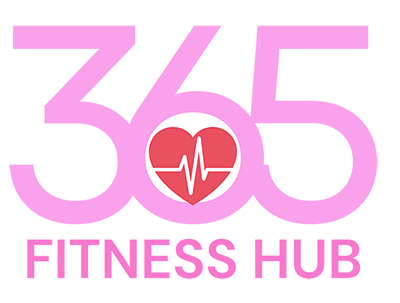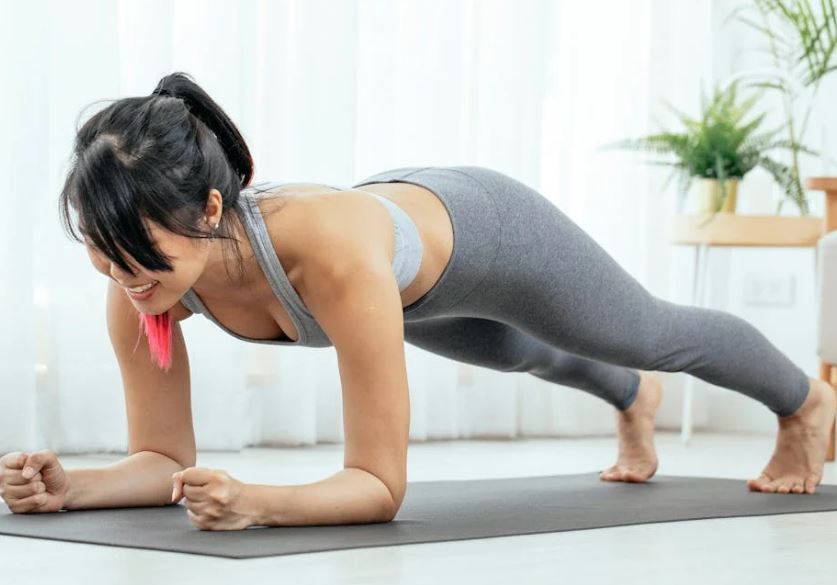Core exercises are essential for improving overall strength, stability, posture, and balance, no matter your fitness level. Here’s a breakdown of some of the best core exercises suitable for everyone, from beginners to advanced athletes.
- Plank
Benefits: Engages the entire core, including the abs, lower back, and glutes.
How to do it: Start in a push-up position but with your forearms on the ground, elbows directly under your shoulders. Keep your body in a straight line from head to heels. Engage your core, squeeze your glutes, and hold.
Variation:
Beginner: Perform the plank on your knees.
Advanced: Add leg or arm lifts to challenge stability. - Dead Bug
Benefits: Targets the deep core muscles and helps with lower back stability.
How to do it: Lie on your back with arms extended toward the ceiling and knees bent at 90 degrees. Slowly lower your right arm and left leg toward the floor, then return to the starting position. Alternate sides.
Variation:
Beginner: Only lower one limb at a time.
Advanced: Add resistance (using a resistance band or light dumbbells). - Bird Dog
Benefits: Improves core strength and balance while engaging the lower back, glutes, and shoulders.
How to do it: Start on all fours with your hands under your shoulders and knees under your hips. Extend your right arm forward and left leg back while keeping your torso stable. Return to the start position and alternate sides.
Variation:
Beginner: Perform the move slowly, focusing on form.
Advanced: Hold the extended position for a few seconds or add a slight pulse. - Russian Twist
Benefits: Targets the obliques and improves rotational strength and stability.
How to do it: Sit on the floor with knees bent, lean back slightly (keeping your back straight), and lift your feet off the ground. Hold a weight or a medicine ball with both hands, then twist your torso to the right, bringing the weight beside your hip, and then twist to the left.
Variation:
Beginner: Keep your feet on the ground and perform the twist without a weight.
Advanced: Add a heavier weight or increase the speed of the twists. - Leg Raises
Benefits: Focuses on the lower abs and helps with hip flexor strength.
How to do it: Lie on your back with your legs straight and arms at your sides. Slowly raise your legs to a 90-degree angle while keeping your lower back pressed into the floor. Lower your legs back down without letting them touch the floor.
Variation:
Beginner: Bend your knees to reduce strain on your lower back.
Advanced: Add ankle weights or increase the number of reps. - Mountain Climbers
Benefits: A dynamic exercise that engages the entire core while boosting cardiovascular endurance.
How to do it: Start in a plank position. Quickly drive one knee toward your chest, then switch legs in a running motion while maintaining a stable core.
Variation:
Beginner: Perform the move at a slower pace.
Advanced: Increase speed or add a twist by bringing the knee toward the opposite elbow. - Side Plank
Benefits: Strengthens the obliques and helps improve lateral stability.
How to do it: Lie on your side with your elbow directly under your shoulder. Lift your hips to form a straight line from head to heels. Hold the position, keeping your core engaged.
Variation:
Beginner: Perform the side plank with your knees on the ground.
Advanced: Add leg lifts or hold for longer periods. - Flutter Kicks
Benefits: Targets the lower abs and hip flexors.
How to do it: Lie flat on your back with your hands under your glutes. Lift both legs off the floor and alternate kicking your legs up and down in a fluttering motion while keeping your core tight.
Variation:
Beginner: Keep your knees slightly bent.
Advanced: Keep your legs straight and increase the speed. - Bicycle Crunches
Benefits: Works the entire core with a focus on the obliques and rectus abdominis.
How to do it: Lie on your back with your knees bent. Bring your hands behind your head and lift your head and shoulders off the floor. Rotate your torso to bring your left elbow toward your right knee while extending your left leg. Switch sides in a pedaling motion.
Variation:
Beginner: Slow down the movement and keep the range of motion smaller.
Advanced: Increase speed or add a pause at the top of each twist. - V-Ups
Benefits: Engages the entire core, particularly the upper and lower abs.
How to do it: Lie on your back with your legs straight and arms extended overhead. Simultaneously raise your legs and upper body, reaching your hands toward your toes. Lower back down with control.
Variation:
Beginner: Bend your knees or reduce the range of motion.
Advanced: Perform with straight legs and increase the speed.
How to Modify Core Exercises for Your Fitness Level:
Beginners: Focus on form and control. Perform each exercise with slow, deliberate movements to activate the muscles properly. Build up the time or number of repetitions gradually.
Intermediate: Increase the number of reps, add resistance (e.g., dumbbells, resistance bands), or increase the duration of holds (e.g., planks or side planks).
Advanced: Incorporate more dynamic movements, such as adding weights, increasing speed, or performing advanced variations (e.g., adding twists or pulses).
Tips for a Strong Core:
Consistency is key: Aim to do core exercises 2-3 times a week.
Focus on quality: A few solid reps with proper form are more beneficial than doing a high number of reps with poor form.
Incorporate compound movements: Core strength can also be improved through compound exercises like squats, deadlifts, and push-ups, which engage the core as stabilizers.
Rest and recovery: Your muscles need time to recover, so allow at least one rest day between intense core workouts.
With consistent practice and progression, you’ll build a stronger, more stable core that enhances your overall fitness and movement efficiency.

